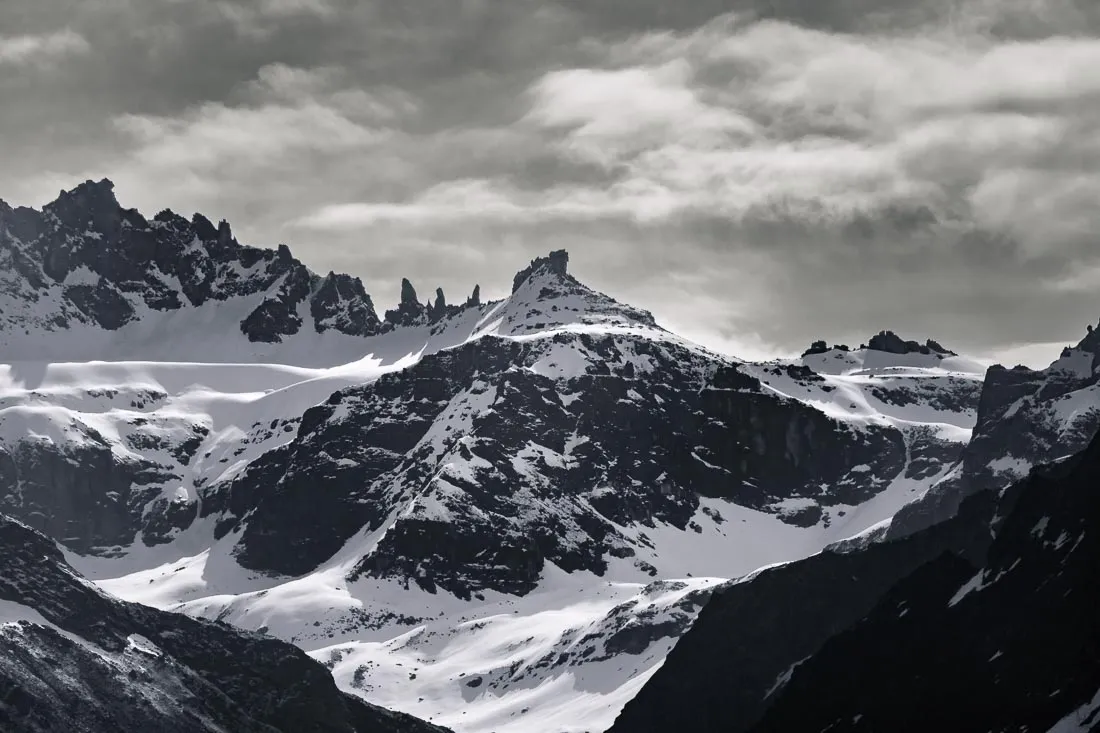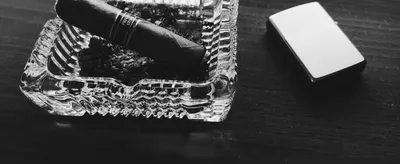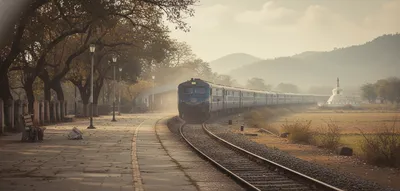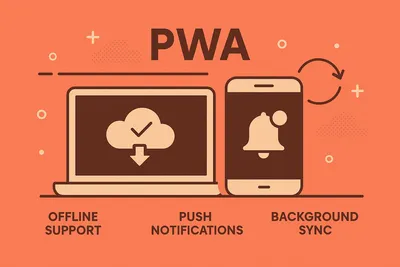Lessons from Photography: Parallels Between Framing Shots and Solving Engineering Problems

This is not the usual kind of writing I post, but here goes..
As an engineer who also enjoys photography, I’ve often found myself thinking about the parallels between capturing the perfect shot and solving complex engineering problems.
Top photographers meticulously craft flawless images by considering every important detail — and successful engineers do the same when building systems.
quoteOh, and before I write any further, a quick disclaimer: I’m not claiming to be a photography guru or an engineering wizard.
I’m just a guy with a camera, a keyboard, and a brain that loves connecting dots in weird ways. If this gets a bit rambly, blame the squirrels in my head. Or better yet, join the squirrel party — it’s fun!
It’s like saying photography is just about pressing a button and having expensive gear — totally wrong there buddy.
Similarly, being an engineer isn’t about just churning out designs, lines of code, or whether you have a couple of NVIDIA GeForce RTX 4090s and a dozen Arduinos at home.
Both - photography and engineering - are about seeing the world differently, anticipating challenges, and making creative decisions under constraints.
The Art of Composition (Or, How Not to Make a Mess)
In photography, composition is about arranging elements within the frame to create balance and guide the viewer’s eye. Tools like the rule of thirds, leading lines, and foreground interest make images more engaging.
Pro tip: Ignore the rules sometimes — it’s how you get that accidental masterpiece!
Photography aims to make people feel something.
That’s not really the goal in engineering. But make sure that after they have read your code, they don’t feel like they need to come pay you a visit.
In engineering, I see composition as structuring our designs for clarity and functionality. A poorly composed photo feels cluttered; a messy design confuses collaborators (and future you) and invites failure.
Our components and subsystems are like elements in a frame - place them logically, use documentation as our “leading lines”, and ensure each serves the overall purpose.
We can also think of it like this: When we design a system, we compose it like a well-framed shot: isolate core functionality, use modular principles to highlight critical parts, and avoid unnecessary features.
Picture this: You’re building a bridge (or a software system, same diff). If you cram too many bells and whistles in, it might look cool at first, but one gust of wind (or a user complaint) and boom — everything collapses like a Jenga tower in an earthquake.
Keep it simple, folks, or you’ll be the engineer explaining why your “innovative” design turned into a viral fail meme! 🦶🔫
Mastering Light (Because Who Doesn’t Love a Good Spotlight?)
I once read, or heard, this somewhere: “Light is a photographer’s paintbrush”, or something of that sort.
And this is so true. It reveals texture, mood, and depth.
Without good lighting, even the best composition falls flat. It can make even a supermodel look like a ghost.
Same with engineering. Equate “light” to analysis and troubleshooting. Just as photographers scout for the best light, engineers must illuminate problems with data, prototypes, monitoring, and analytics.
Poor “lighting” hides issues in the shadows.
tipUse monitoring and analytical tools (and obviously - robust CI/CD environments) to “light up” your system’s behavior.
Sometimes the best solutions come from changing perspective — examining a problem from a different angle, like shifting from top-down to bottom-up thinking.
I once spent hours (okay might be exaggerating a bit, but it sure felt like that) debugging a circuit (side hobby stuff, I’m a software engineer by profession) because I forgot to check the power source.
Stupid mistake, right? But hey, that’s engineering — half the battle is realizing you’re looking in the wrong direction.
Golden hour for photos, golden insights for problems.. 😬
Break the Rules, Have Fun
Creativity in photography means breaking the rules when they don’t serve the vision. Experimenting with angles, filters, or unconventional subjects leads to unique results.
Who knew a blurry photo could be art? Not me, until I tried it — partly because it was the “vibe” my subject liked. It’s all about having fun and being adventurous.
It’s the same old cliché: “thinking outside the box” (or frame).
In engineering, creativity means finding innovative solutions. When stuck, think like a photographer: zoom out for a broader view, or try a different “angle” — unconventional materials, methods, approaches.
And remember - sometimes duct tape really is the answer.
Working on my monochrome collection taught me how to strip colors to focus on composition. Removing distractions forced me to practice composition better.
The lesson also applies to design — sometimes the most creative solution is the simplest one.
Wrapping Up
Photography taught me that constraints breed creativity.
No fancy lens? Use what you have.
Stuck on a deadline? Hack it together.
Necessity breeds invention, and sometimes the wildest ideas work!
And let’s be real, engineering is full of those “aha!” moments when you realize the weird hack is actually genius.
Happy Hacking! 🚀





